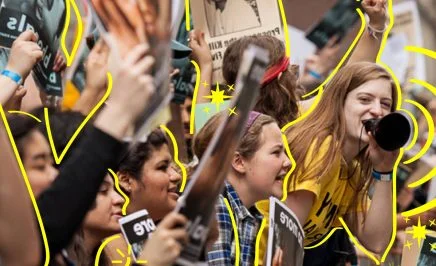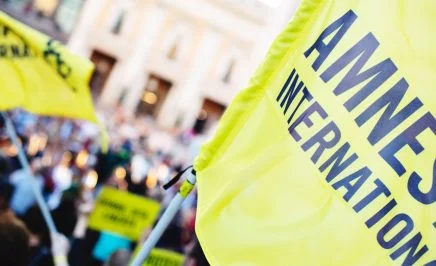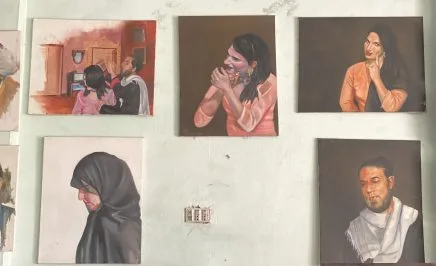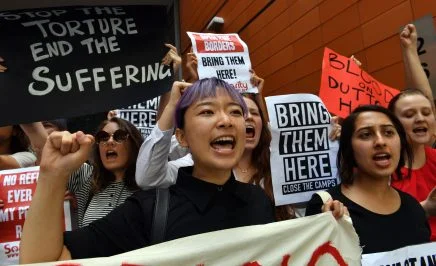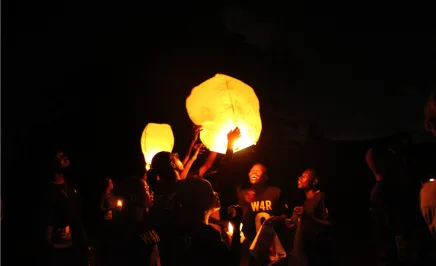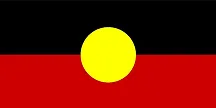- 10,000 families reportedly affected
- Interviews with more than 100 people show Cambodian authorities used threats to force people off their land
- Authorities moved people to a barren relocation site lacking essential services
- UNESCO should publicly condemn forced evictions carried out in its name
Mass evictions affecting thousands of families at the Angkor UNESCO World Heritage site violate international human rights law, Amnesty International said today, as it published new research exposing how Cambodian authorities forced people to relocate in the name of conservation.
During the second half of 2022, the Cambodian authorities began evicting a reported 10,000 families from the sprawling temple park in the town of Siem Reap, citing the need to protect the roughly thousand-year-old site from damage that could imperil Angkor’s UNESCO World Heritage status.
Amnesty International’s research, based on interviews with more than 100 people, nine in-person visits to the Angkor temple park complex and two relocation sites, shows that the Cambodian authorities have failed to adequately inform people or engage in genuine consultations with them prior to the evictions. They also intimidated and threatened many into not questioning the evictions and to relocate to places that did not have housing, adequate water, sanitation facilities and access to livelihoods.
“Cambodian authorities cruelly uprooted families who have lived in Angkor for several generations, forcing them to live hand to mouth at ill-prepared relocation sites. They must immediately cease forcibly evicting people and violating international human rights law,” said Montse Ferrer, Deputy Regional Director for Research at Amnesty International.
“If UNESCO is committed to putting human rights at the heart of all its actions then it should unequivocally condemn forced evictions as a tool for the management of a World Heritage Site, use its influence to demand that Cambodia’s government stop them, and push for a public and independent inquiry,” Ferrer said.
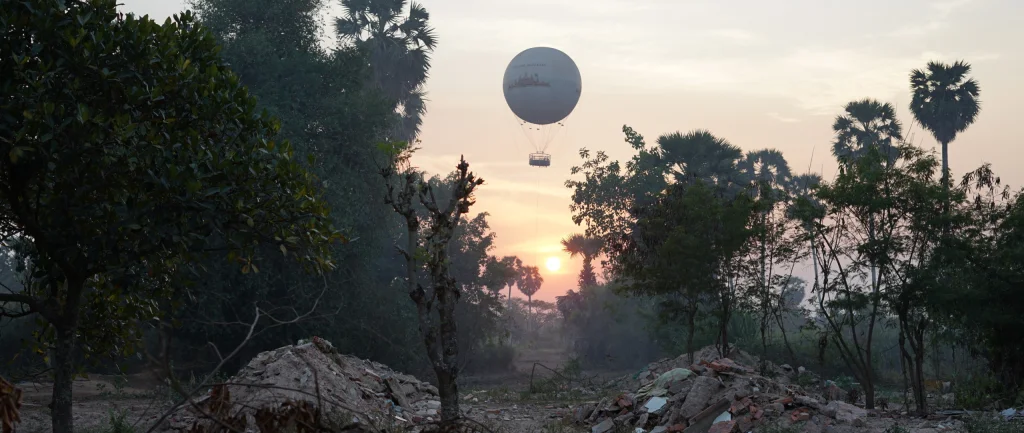
Kicked out
Then-Prime Minister Hun Sen outlined the relocation plan in speeches last year. He warned that if people did not leave when told to, they would get no compensation. He also said the reason was to protect the World Heritage Status of Angkor.
The Cambodian government’s violent history of forced evictions is well-known to people in the country, and many took Hun Sen’s words as a clear warning to get out.
Amnesty International documented both direct and subtle threats to residents compelling them to move or comply with the relocation program. Officials warned of power cuts, flooding and even arrest.
“They asked us to stand on one side for those who agree [to give up their rice fields], and those who don’t to stand on the other side – then they said that anyone who protests will go straight to prison”
Yey*, a farmer
Most interviewees rejected the notion that the evictions were in fact “voluntary”. In response to Amnesty International’s question about whether the relocation was voluntary, one woman who had lived at Angkor for more than 70 years said: “nobody wants to leave their home.”
According to Amnesty International’s findings, village chiefs, local authorities and officials from the Cambodian government body in charge of conservation – known in Khmer and English by its shorthand APSARA – harassed and intimidated dozens of families by repeatedly visiting their houses and asking them to leave.
“They said it is not compulsory, but if you don’t do it, you will lose your land … so we volunteered,” one person said.
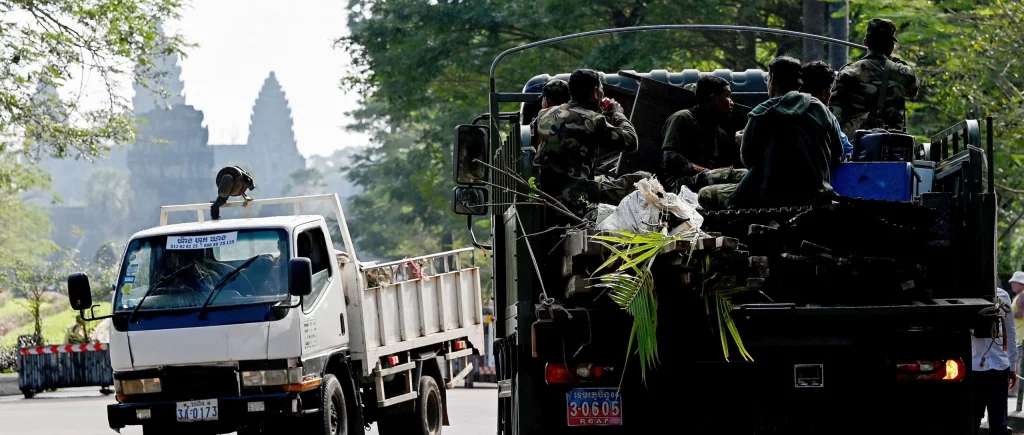
Resettlement site
Residents who “volunteered” to go were allocated empty plots of land (20m x 30m), given thirty sheets of corrugated iron, a tarpaulin sheet, a mosquito net, a fixed payout of a few hundred dollars and a social services card only after agreeing to leave. With this they were expected to build new houses after losing their old ones.
Amnesty International witnessed people dismantling their own homes, traveling to the resettlement site and building them anew. In other cases, families had no choice but to live under sheets of tarpaulin for months on end.
Many families also complained about losing their jobs and the lack of employment opportunities at the site, which is a 45-minute drive from Siem Reap town where the World Heritage Angkor temples are located.
Contrary to international human rights standards, the Cambodian authorities failed to ensure that the main resettlement site – known as Run Ta Ek – was sufficiently equipped with essential services and amenities when people started moving there. Amnesty International also witnessed how the site flooded easily when it rained.
The failure by Cambodia authorities to provide housing forced thousands of families to risk their health by living under tarpaulin or in conditions exposed to weather, lacking sanitation including appropriate toilet facilities. To cover building and living costs families had to pawn items given as part of the relocation program and took on debt.
Farmers found it particularly challenging as the site was far from their paddy fields. Many families described not having enough food to eat as they lost access to their primary or only source of income at Angkor, which is an internationally famous tourist site visited by millions in peak times.
One family that was living under tarpaulin sheets while they built their own house by hand at Run Ta Ek told Amnesty International that their baby couldn’t sleep due to the high temperatures.
“We have a toddler whom we have to shower with water every few hours so she doesn’t get too hot. When we aren’t working to build our own house, we shelter from the sun using the shade of another house.”
Interview with a family that recently moved to the Run Ta Ek resettlement site
Cambodian government officials have dismissed Amnesty International’s research and falsely accused it of coming to conclusions “thousands of kilometres away from the real situation.”
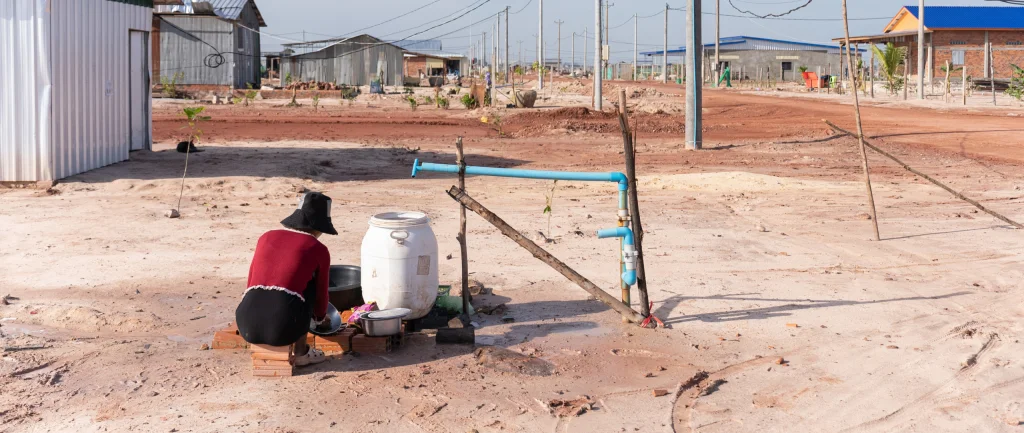
UNESCO must step up
Despite being well-aware of the evictions and resettlement site conditions, UNESCO has not publicly condemned what is happening at Angkor. It also does not appear to have conducted any public investigation into Amnesty International’s findings.
The Cambodian state has repeatedly referenced UNESCO as a justification for its “relocation” program. In at least 15 cases, families told Amnesty International that authorities stated UNESCO was the reason why people were required to leave Angkor.
Devi – a pseudonym – said that APSARA and Land Ministry officials told her: “UNESCO wants you to leave – we are afraid that UNESCO will withdraw the site from World Heritage Status – so you must go.”
Devi, whose father died after falling while restoring one of the temples, said she became confused and angry when APSARA told her that “UNESCO won’t let [you] stay here.”
“I want to ask UNESCO why do they evict us? We never caused harm to the temples. When I was a child we played games and climbed and cleaned at Angkor Wat.”
Devi, a former resident of the Angkor park who was forced to move to Run Ta Ek
Community leaders attempted to deliver a petition to the UNESCO office in Phnom Penh highlighting their grievances about the evictions but were told by a security guard that UNESCO does not work on land issues.
In response to the report’s findings, UNESCO told Amnesty International that it has never called for “population displacements.” When Amnesty International alleged that the evictions were being undertaken in their name, UNESCO’s World Heritage Centre responded that the actions of a State Party are not the responsibility of UNESCO, “even if a Member State were to justify its actions by invoking the Organization.”
But the fact that the current forced evictions are being undertaken in the name of conserving a UNESCO World Heritage site should require a clear and robust response.
“Unless there is serious pushback from UNESCO, conservation efforts may increasingly be weaponized by states to their own ends, at the expense of human rights,” Amnesty’s Ferrer said.
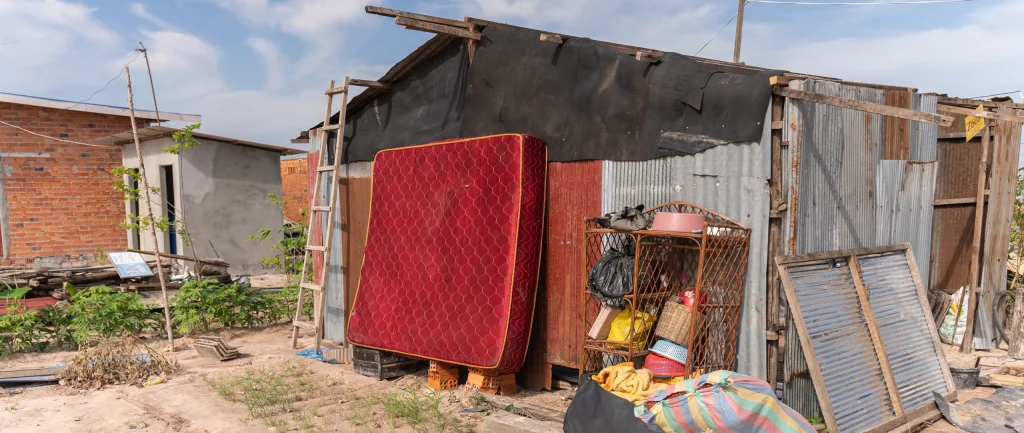
Background:
Between March and July 2023, Amnesty International visited the Angkor World Heritage site, the primary site of the evictions, and Run Ta Ek and Peak Sneng, the two government designated resettlement sites.
Researchers interviewed more than 100 people, including vendors, restaurant owners, farmers, traditional instrument makers, civil servants, hairdressers, laborers, hotel workers, tuk-tuk drivers, tour guides, and stone workers charged with repairing the ancient temples of Angkor.
*Names in this press release are pseudonyms to protect interviewees from possible reprisals by authorities

